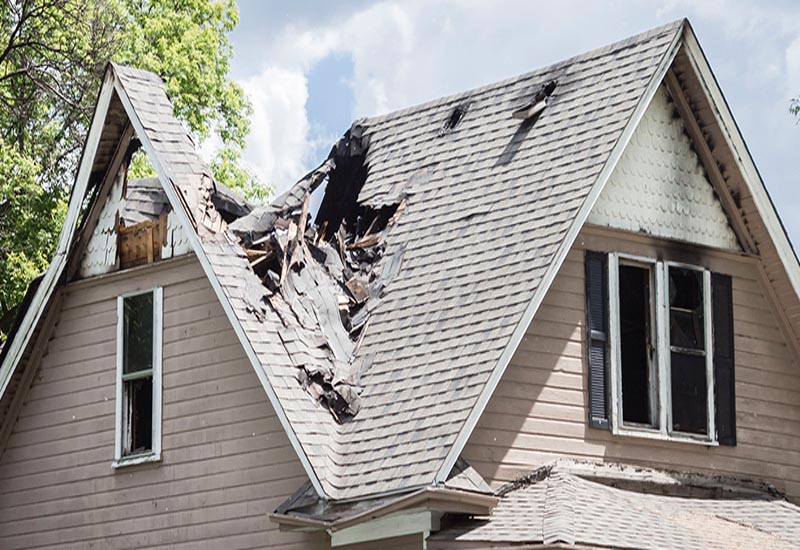Does Homeowners Insurance Cover Bat Removal?
Bats are not among the more common of the pest problems, yet they still affect many homeowners across the US. It is essential to know that many of the bat infestations are usually classified as maintenance problems since they gain access into homes through gaps or pre-existing holes in exterior walls or the roof.
Due to this, any of the claims made that are linked to maintenance problems, or when the insurer finds that you are to blame for negligence, your insurer will probably deny your claim.
Does Homeowners Insurance Cover Attic Restoration?
What this means is that most of the insurance providers, including Esurance, will not cover the costs that are related directly to removing bats from your home. However, if the bats cause accidental and sudden physical damages to your property, which are covered in your insurance policy, your insurance provider may provide you with the costs required for repairs, but not to remove the actual bats themselves.
What you are not covered for and what you will be covered for will vary significantly from one insurer to the next. So it becomes essential to find out from your insurance carrier about the protections that you have and what you don’t have under your policy.
How to Get Rid of Bats in Your Home
While there are often a host of benefits linked to purchasing an older property, bats are usually attracted to older homes as they typically have a lot more points of entry when compared to modern and newer homes. These access points come in the form of loose screens, warped materials, separated flashing, or holes, or gaps in the roof or walls.
Yet even the newer homes can become a victim to these nocturnal creatures. Bats are small enough to squeeze through spaces the size of a quarter.
It is highly suggested to seek the services of a licensed bat removal expert if you think you have an infestation of bats in your home. Some of the risks of bats in your home include bat mites or bugs, yet there are other health implications regarded as more serious that can occur. The bat droppings that start to accumulate in your home has to be decontaminated, rather than just removing this waste.
Bats are an endangered species, which is why you should consult with the right removal specialists, rather than exterminators.
Are Bats Dangerous?
The movies often make bats look like they are blood-thirsty, vicious, and dangerous predators. Yet in reality, real bats are just looking for a safe place to roost and raise their young in areas like chimneys or attics. However, this does not mean that they are entirely harmless. There are two significant risks that bats pose, which are both health-related. The first is that some bats carry rabies, which is a contagious disease, along with fungi that may be prone to growing and thriving in their droppings, which can result in respiratory issues in humans. If bats infest your home, you must take the necessary steps to eradicate them from your home.
Do Bats Attack Humans?
While the percentage of bats that carry rabies is meager, it is a viral disease that is easy to transmit, which means you should be extremely cautious around bats if you do find them in your home. It is not only the saliva that contains the virus, and any bodily contact that is unprotected with bats is regarded as risky. And while the bat droppings are not harmful, fungi that are found more accurately in bird and bat droppings can result in histoplasmosis, which is classified as a type of lung disease.

